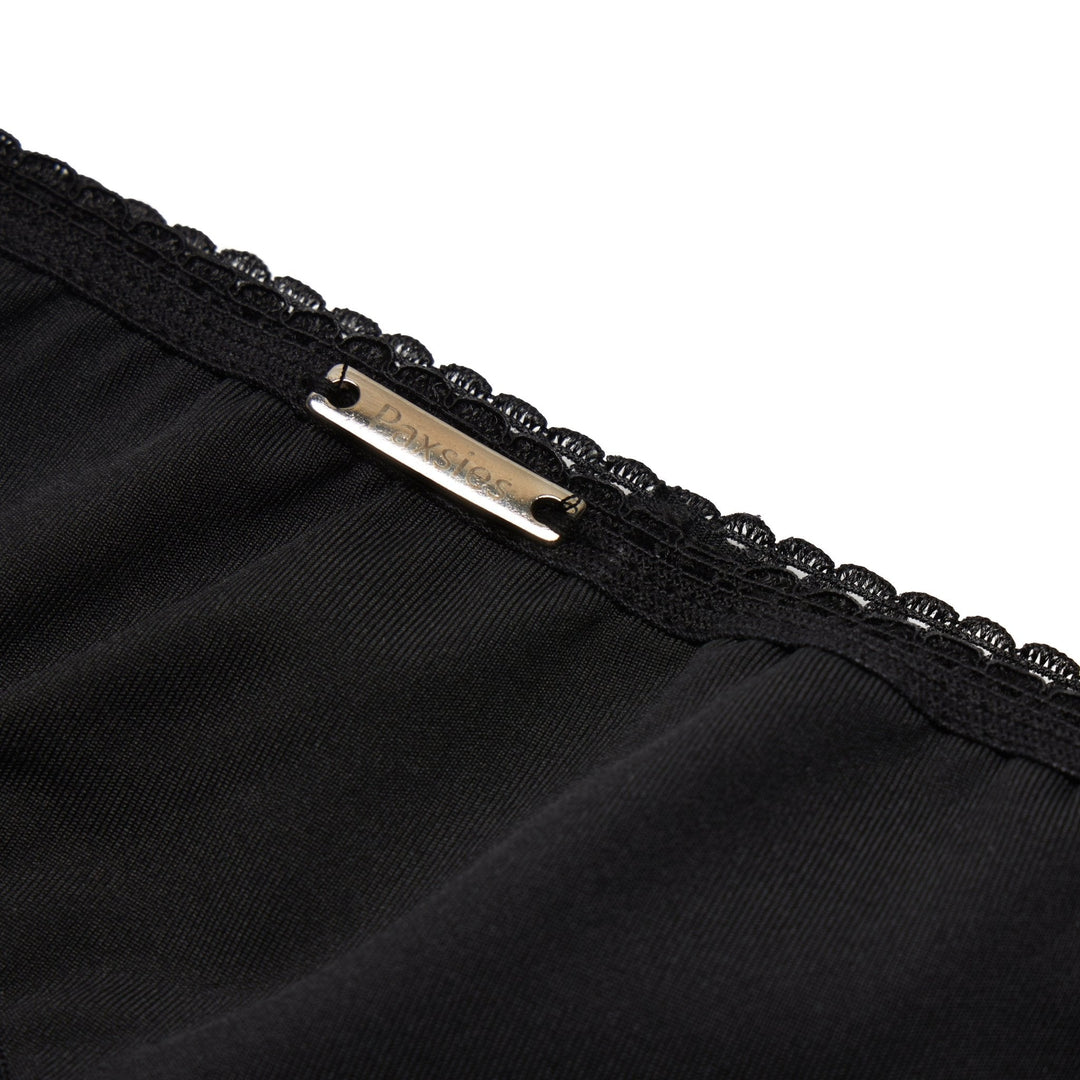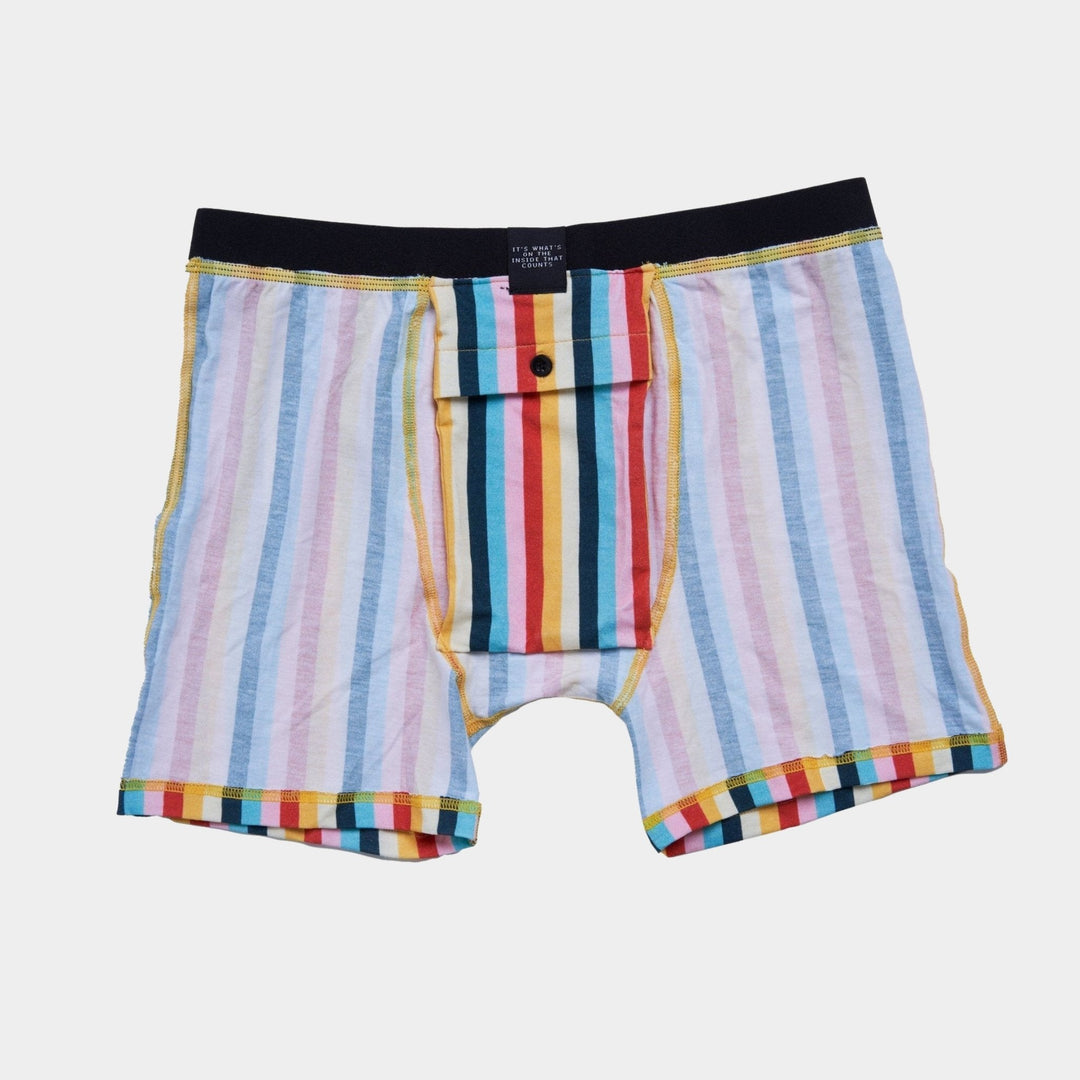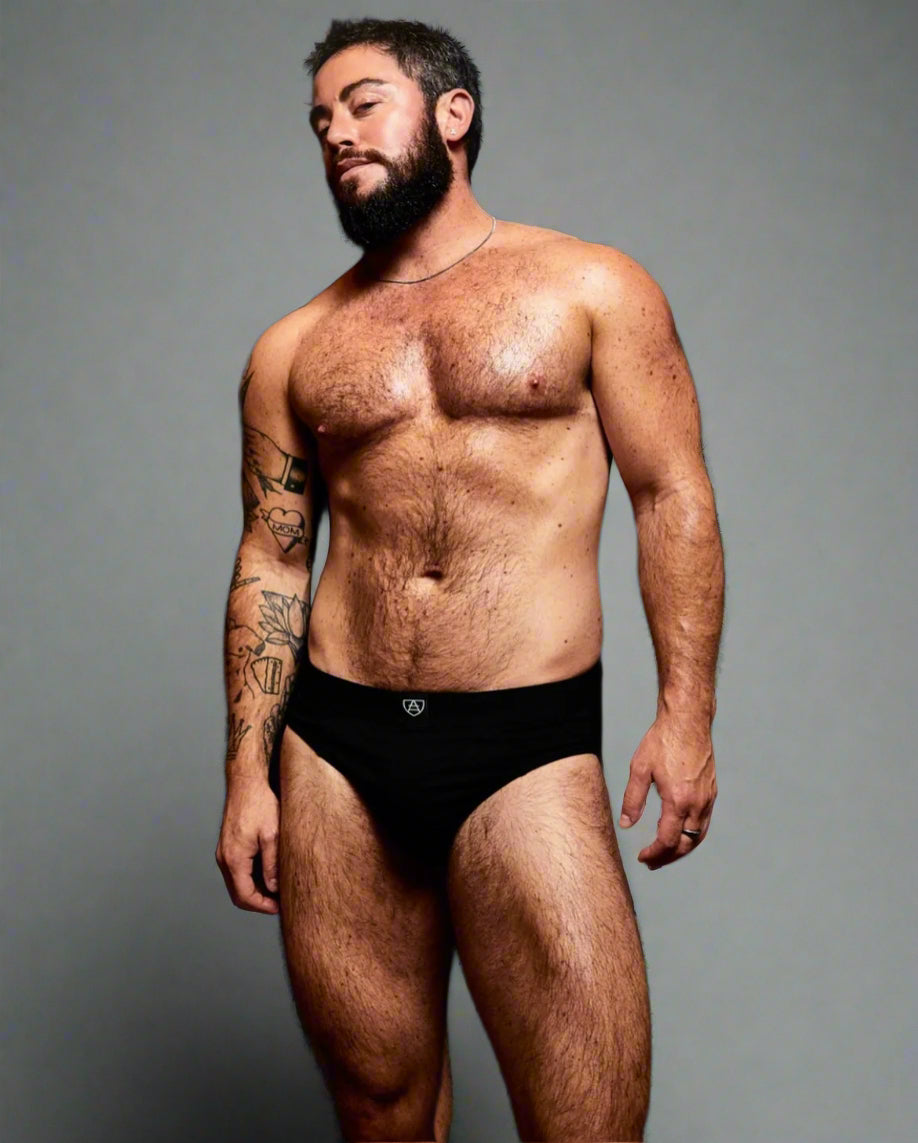5 Key Questions Answered for Pansexual and Panromantic Awareness Day 2024
Pansexual and Panromantic Awareness Day is on May 24th every year, to raise awareness of and celebrate pansexual and panromantic identities. Despite being coined way back in 1914, pansexual is a term many people today are still unfamiliar with. In this post, we’ll cover the basics and answer common questions to make sure you’re ready for Pansexual and Panromantic Awareness Day 2021.
1. What does pansexual mean?
Pansexuality can be defined in a few different ways and each individual will have their own interpretation, but the general idea is that it’s attraction to all genders and sexes, or attraction regardless of gender or sex.
The word comes from the Greek word ‘pan,’ which means ‘all.’ Pansexuals also aren’t attracted to literally everything though, so save your saucepan jokes. (They've all been heard before.) Just like how a heterosexual woman isn’t attracted to all men all the time, pansexuality refers more to the potential for attraction with all genders.
Pansexuality is sometimes included in the LGBTQIAP acronym as the P, but more commonly is included under the B for bisexual umbrella.
The pansexual flag is magenta (representing women) yellow (representing non-binary people) and cyan (representing men.)
2. What is the difference between pansexual and bisexual?
On the surface, pansexuality and bisexuality can seem to describe the same thing. The exact different between them is the subject of sometimes heated debate between scholars and the community. The argument can often come down to the ‘bi-‘ prefix literally meaning ‘two’ and the ‘pan-‘ prefix literally meaning ‘all.’ This often leads people to argue bisexuality is attraction to men and women, while pansexuality is attraction to all genders. But it isn’t that simple.
In reality, bisexuality as a term is used by bisexuals to describe attraction in a range of different ways, from attraction to men and women, to attraction to all genders, or attraction to non-binary people and one or both of the binary genders, or any other combination. So neither term is inherently more inclusive or exclusionary of trans, non-binary, or gender non-conforming individuals.
Ultimately, the label an individual chooses is about their personal preference and which terms they feel best expresses the way they experience attraction. Rather than arguments over the precise definition of terms that will always struggle to capture the fluidity and expanse of queer attraction, the most important thing is that everyone who wants to can use a label that they find useful and makes them happy.

3. What is the difference between pansexual and polysexual?
Polysexual (and it's counterpart, polyromantic) is similar to pansexuality in that it describes attraction to multiple genders, but it may not mean attraction to all genders. As with bisexuality, the choice of which label to use is down to the individual.
4. Why is ‘Hearts not Parts’ a controversial statement?
‘Hearts not Parts,’ is a slogan sometimes used by the pansexual community, but it’s controversial both within the pansexual community as well as the wider queer community. The intention behind the slogan is meant to convey how pansexuality encompasses attraction to all genders and sexes, and so the attraction is more about the individual person than their sex or gender.
However, some pansexual people feel the slogan detracts from the sexual attraction they can feel for their partners bodies, or diminishes the importance of the sex or gender identity of their partners in a dismissive way.
The slogan is also seen as offensive to other sexualities, especially bisexuality, as it could be read to imply that other sexualities don’t value the individual so much, or are fixated on the genitalia of people they are attracted to and exclude transgender people.
These objections mean the slogan seems to be falling out of favour these days, though it is still occasionally used.
5. What does panromantic mean?
Pansexual usually refers to sexual and romantic attraction in one, but some people experience sexual and romantic attraction differently. When sexual and romantic attraction are talked about as separate things, this is called the ‘split attraction model.’
Some people may be on the asexual spectrum, meaning they don’t experience sexual attraction, or only incredibly rarely (grey asexual), or only with people they are already close with (demisexual.)
Similarly, people can also be on the aromantic spectrum, meaning they don’t experience romantic attraction, or only rarely (grey aromantic), or only with people they are already close with (demiromantic.)
You can read more about the split attraction model and the asexual and aromantic spectrums here.
Panromantic is a term that means romantic attraction to all genders, or romantic attraction regardless of gender. It may be used by someone who wants to clarify they do experience this kind of romantic attraction, but do not experience sexual attraction to all genders. They may be asexual, or identify with another label for their sexual attraction.
The name of the day includes panromantic to make sure asexual people aren’t excluded from it.
6. Are any celebrities pansexual?
Even though pansexuality is perhaps less known in the public consciousness than other sexualities such as gay, lesbian, and bisexual, there are several famous people who are pansexual and out to the public! Here’s a few:
- Brendon Urie – lead singer of Panic! at the Disco
- Bella Thorne – actress / singer
- Jojo Siwa – YouTuber / dancer
- Bob the Drag Queen – self-explanatory
- Miley Cyrus – singer / songwriter
- Mary González – American politician (first openly pansexual elected official in the USA)
- Demi Lovato – actress / singer
- Janelle Monáe – singer / rapper / producer / model
- Layla Moran – British politician (first openly pansexual UK parliamentarian)
Bonus question: How can I celebrate Pansexual and Panromantic Awareness Day?
Celebrate however you like! If you’re pansexual yourself, consider posting a selfie showing your pride.
Other good ideas would be seeing if your local LGBTQA+ group has anything planned, enjoying your favourite pansexual artists and musicians’ work, sharing pansexual awareness materials (like this post!) or donating to a local LGBTQA+ charity that supports pansexual people.








